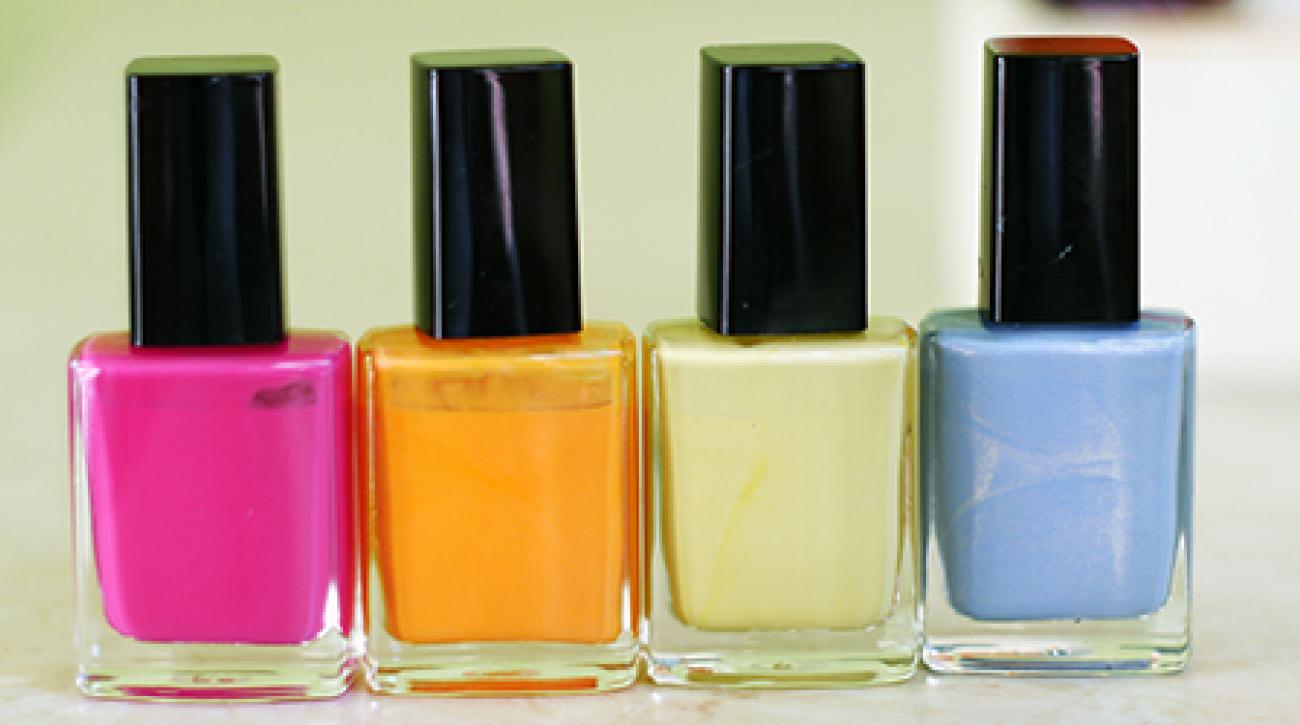WASHINGTON, DC (January 15, 2014)—A new study looks at American exposure to phthalates—chemicals found in consumer products including children’s toys, nail polish and other beauty products—and finds that while some levels have dropped substantially, others have increased.
This study indicates Americans are still being exposed to some kinds of phthalates, a finding that raises public health concerns, said lead author Ami Zota, ScD, MS, an assistant professor of environmental and occupational health at the George Washington (GW) University School of Public Health (SPHHS). Zota did the research while a postdoctoral fellow at the University of California San Francisco’s Program on Reproductive Health and the Environment.
Phthalates have been linked to health problems including DNA damage in sperm and cognitive and behavioral problems in children. The concern is that widespread exposure to such chemicals might trigger health problems in people down the line.
The study, which was published online January 15 in Environmental Health Perspectives, reports on trends from 2001 to 2010, noting exposure to eight phthalates among 11,000 people who took part in the National Health and Nutrition Examination Survey (NHANES) conducted by the U.S. Centers Disease Control and Prevention (CDC).
Some phthalates have been banned or phased out in certain products such as children’s toys, but many phthalates are still produced and can be found in nail polish, fragrances, plastics and building materials, and in the food supply. They can be inhaled, ingested or absorbed through the skin.
This study, like previous reports, found that nearly all of the participants had been exposed to at least some of the phthalates that were measured, including those that have been partially banned. While exposure to some of the phthalates of public health concern went down over the study period others went up. Those replacement phthalates may lead to adverse health consequences but this study did not address that issue.
Analysis for the study was conducted by the CDC’s Division of Laboratory Sciences in the National Center for Environmental Health.
The research was funded by the Pew Charitable Trusts, the Passport Science Innovation Fund and the National Institute of Environmental Health Sciences.
About the George Washington University School of Public Health and Health Services:
Established in July 1997, the School of Public Health and Health Services brought together three longstanding university programs in the schools of medicine, business, and education and is now the only school of public health in the nation’s capital. Today, more than 1,100 students from nearly every U.S. state and more than 40 nations pursue undergraduate, graduate, and doctoral-level degrees in public health. The school now offers an online Master of Public Health, MPH@GW, which allows students to pursue their degree from anywhere in the world. http://sphhs.gwu.edu/


